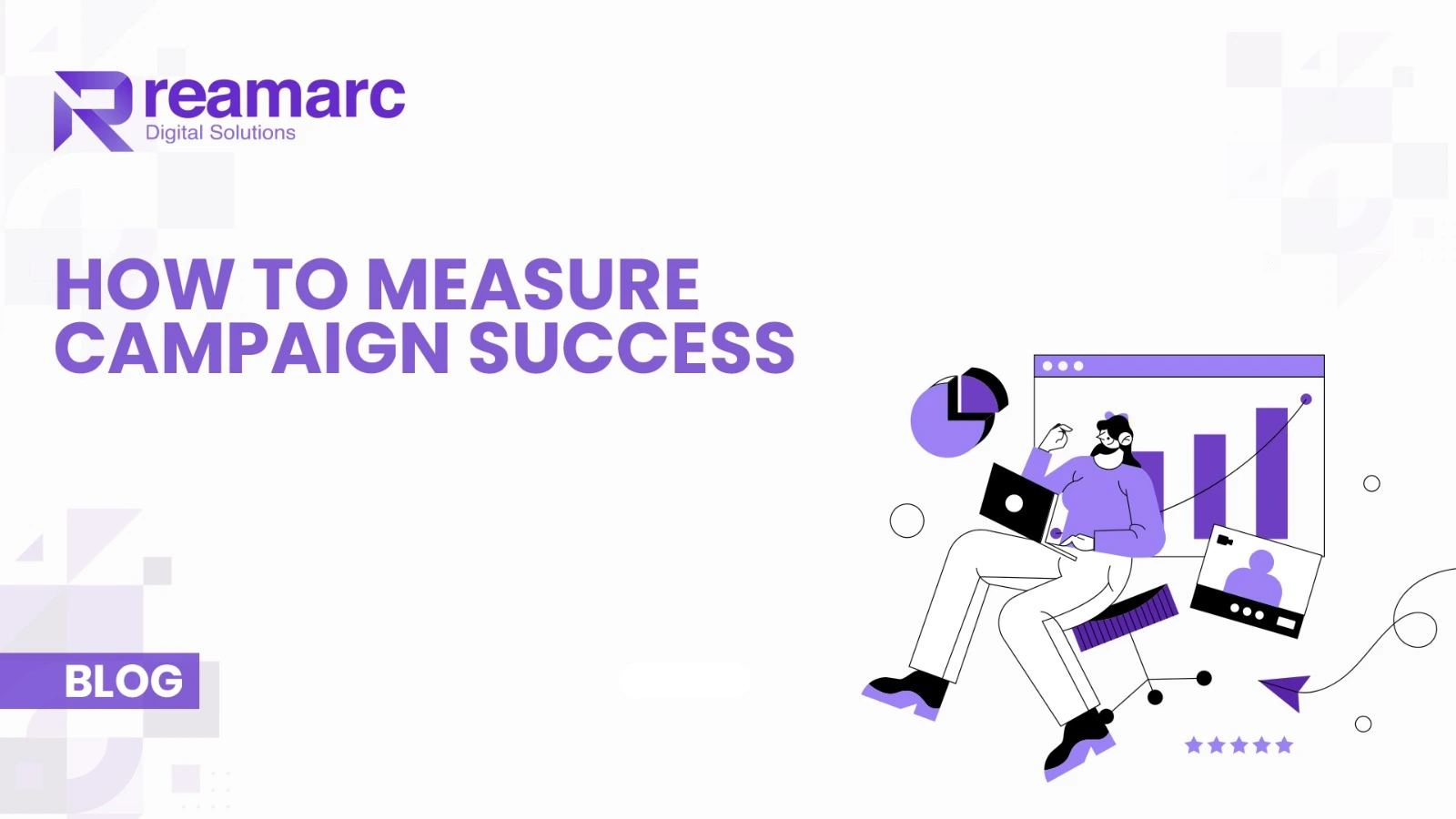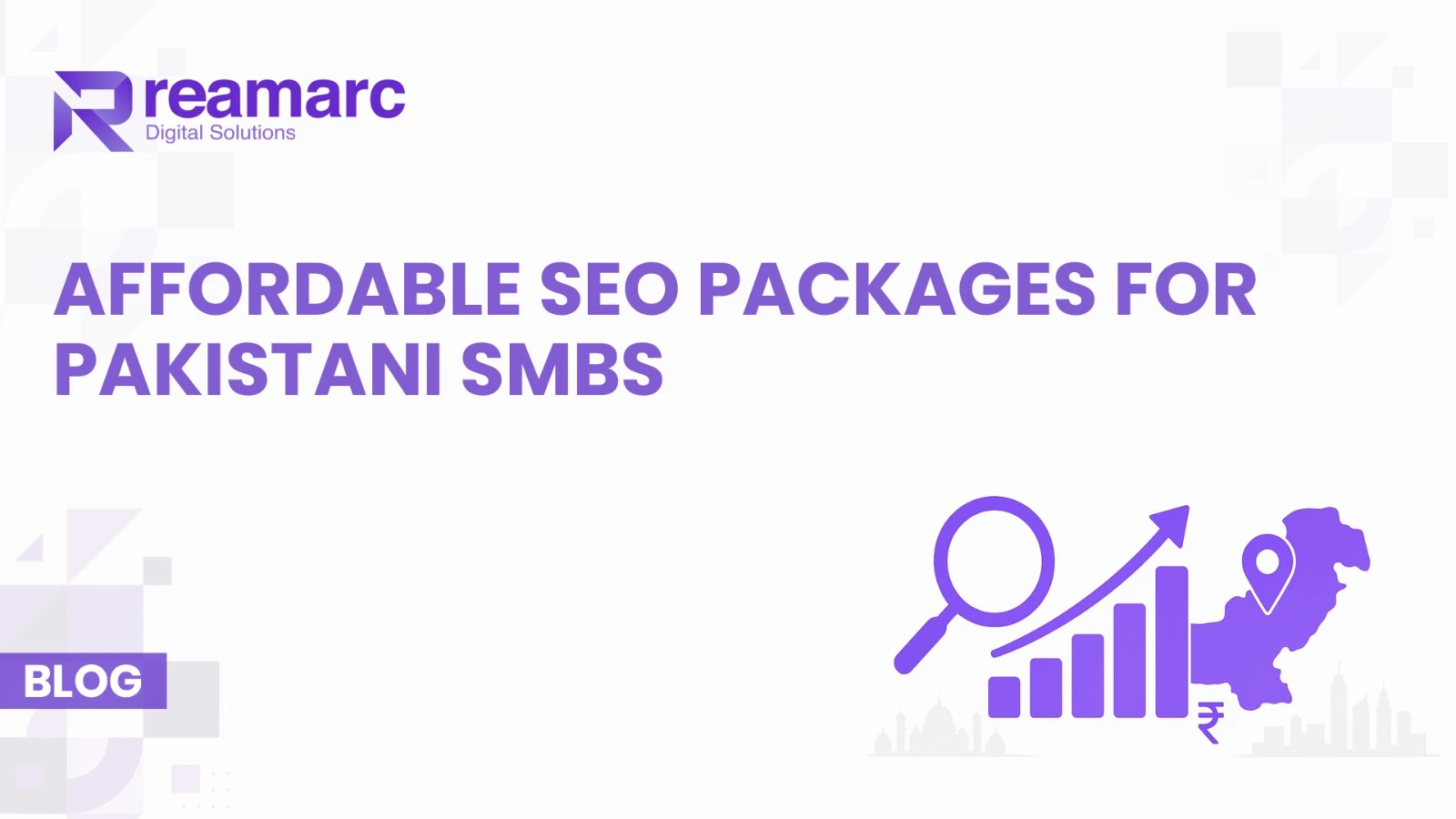Introduction: Why Conversion Metrics Matter in Google Ads
If you’re investing time and money into Google Ads, understanding how your campaigns perform is essential.
But impressions and clicks don’t tell the whole story — conversion metrics do.
These Google Ads conversion metrics reveal how many users actually take valuable actions — like filling out a form, signing up for a demo, or making a purchase. Without this data, optimizing your ad spend is like driving with a blindfold.
In this guide, you’ll learn what conversion metrics are, which ones matter most, and how to use them to improve your ROI.
What Are Google Ads Conversion Metrics?
In simple terms, conversion metrics are performance indicators that show how effectively your ads lead users to complete desired actions.
These actions (called conversions) can include:
- Making a purchase
- Subscribing to a newsletter
- Downloading a file
- Calling your business
👉 Google Ads tracks these conversions through tags or integrations, allowing you to see which ads and keywords drive real results.
Key Conversion Metrics You Should Track
Here are the top Google Ads conversion metrics every marketer must monitor:
1. Conversions
This is the total number of completed actions (like purchases or form submissions).
Use this metric to see how many people actually converted after clicking your ad.
2. Conversion Rate (CVR)
CVR = (Conversions ÷ Clicks) × 100
A high conversion rate means your ad and landing page are well-aligned with user intent.
3. Cost per Conversion (CPC or CPA)
This indicates the average amount you spend per conversion.
Tracking Cost per Acquisition helps you control your marketing budget efficiently.
4. Conversion Value
If you assign a value to each conversion (e.g., $50 for a sale), you can measure total conversion value — perfect for eCommerce or ROI tracking.
5. Conversion Value per Cost (ROAS)
ROAS = Revenue ÷ Ad Spend
This is one of the most powerful Google Ads performance metrics — it tells you how much return you’re getting for every dollar spent.
How to Track Conversions in Google Ads
To track these Google Ads conversions, you can:
- Set up conversion tracking tags on your website.
- Integrate Google Analytics 4 (GA4) with Google Ads.
- Use imported conversions from CRMs like HubSpot or Salesforce.
This data gives you complete visibility into which campaigns drive actual business results.
How to Improve Your Google Ads Conversion Metrics
Here are proven ways to optimize your conversion performance:
- Match ad copy to search intent: Make sure your keywords, headlines, and landing page content all align with user intent.
- A/B test landing pages: Small changes in headlines or CTAs can increase conversion rates.
- Use conversion tracking smartly: Track both macro (purchases) and micro conversions (page visits, clicks).
- Leverage Smart Bidding: Google’s automated bidding strategies like “Target CPA” or “Maximize Conversions” use AI to improve results.
Final Thoughts: Turn Data into Growth
Understanding and improving your Google Ads conversion metrics is the key to maximizing ROI.
When you know which campaigns, keywords, and ads drive the most conversions, you can double down on what works — and eliminate what doesn’t.
By tracking, analyzing, and optimizing these metrics regularly, you’ll make data-driven decisions that lead to consistent growth and profitability.





What do you think?
Discover a world of entertainment with [url=https://777bet-live.com/]777 bet casino[/url], where unforgettable gaming moments and big wins await you!
Users can navigate the site with ease, finding their preferred betting options quickly.